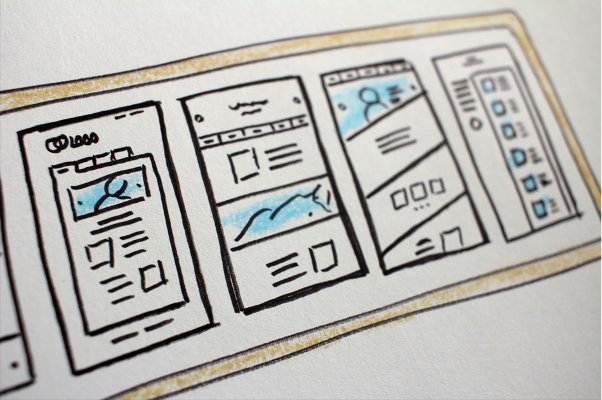Designing content for web and mobile interfaces is about more than just aesthetics—it’s about making information easy to scan, understand, and act on. Visual dividers are one of the quiet tools that help you do exactly that.
In this article, we explore what visual dividers are, how they work, and why they’re essential in a UI designer’s toolkit.
What Are Visual Dividers?
A visual divider is a layout element that keeps pieces of content in distinct groups, sections, or parts. Dividers help designers:
- Organize the page according to typical patterns of visual perception
- Make layouts clearer and more intuitive for users
- Establish a solid visual hierarchy among page elements
Because dividers visually separate or group content, they help users understand whether pieces of information are:
- The same
- Similar
- Related
Dividers are also important for usability. In many cases, they create visual containers that look clickable on desktop or tappable on mobile interfaces, signaling where interaction is possible.
Types of Visual Dividers
There are many variations of dividers, but we can group them based on two parameters: appearance and function.
Dividers by Appearance
In terms of appearance, five basic and widely used methods for dividing content in user interfaces include:
- Color – Using different background or foreground colors to separate sections.
- Images – Hero images, banners, or illustrations that mark boundaries between content blocks.
- Lines – Horizontal or vertical rules that clearly split elements.
- Negative space (white space) – Empty space that separates groups without adding visible lines or boxes.
- Shadows / volume – Elevation and shadows that create the illusion of stacked or layered sections.
Dividers by Function
Functionally, dividers often reflect levels of hierarchy in the layout. Common types include:
-
Full-bleed dividers
These span the entire width of the screen and separate major sections, such as between content blocks or modules. -
Inset dividers
These separate related content items within a section. They often align with text content or anchors like list items or cards. -
Dividers with subheaders
These combine a divider with a section label, helping users quickly i
